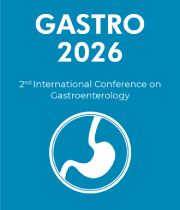Imaging and Advanced Technology
One of the most difficult areas to examine with current imaging standards has been the gastrointestinal system. In the last decade, there have been significant advancements in gastroenterology imaging. The gastrointestinal device area has advanced technologically in recent years, with new applications for anti-reflux, obesity, and colorectal polyp identification, among others, yet adoption difficulties persist. Endoscopy has evolved from a simple diagnostic procedure that allowed for limited luminal visibility to a platform for a rising number of advanced imaging modalities and aggressive treatment therapies. Unmet clinical demands, inventive gastroenterologists/surgeons, and an industry enticed by the profit potential within the vast gastroenterological sector have all boosted technical advancements. We are certain that future gastroenterologists will be equipped with new technologies to provide better care to patients with digestive diseases.
- Optical Imaging Techniques
- Recent Trends in Imaging
- Latest Technological Advancements


